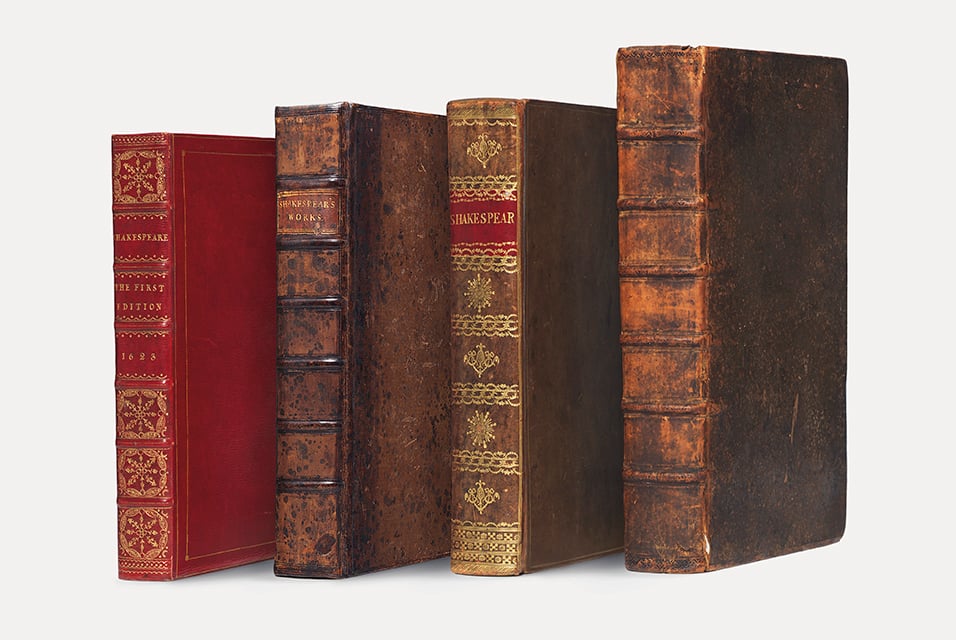Analysis
Christie’s to Sell Previously Unknown Copy of Shakespeare’s First Folio
The auction record for the First Folio is $6.16 million.

The auction record for the First Folio is $6.16 million.

Just in time for the 400th anniversary of the renowned playwright’s death on April 23, Christie’s London will offer copies of the first four Folios that brought together the collected works of William Shakespeare.
The First Folio, published in 1623, just a few years after the bard’s death in 1616, was a major literary achievement. Of the 36 plays in the folio, 18 had never been published before, and could have been lost, including such classics as The Tempest, Macbeth, Twelfth Night, and The Taming of the Shrew.
Scholars only know of 233 extant copies of the First Folio, and the volume for sale at Christie’s is a new addition to that list. “To come out from the shadows is extraordinary,” Margaret Ford, Christie’s international head of books and manuscripts, told the Telegraph.

The opening page for William Shakespeare’s The Merchant of Venice.
Photo: Christie’s Images Ltd. 2016.
In November 2014, a librarian in a small town in France discovered a rare copy of the First Folio in the stacks. The auction record for a First Folio, set at Christie’s, New York, in 2001, is $6.16 million. Another copy was sold at Sotheby’s London in 2006 for £2.8 million (approximately $5.15 million).
Christie’s estimates the previously unrecorded copy currently for sale will fetch £800,000–1.2 million (about $1.16 million–1.74 million). It has not been seen by the public in over two centuries, and last changed hands in 1800, when it was purchased by book collector George Augustus Shuckburgh-Evelyn (1751–1804).

Martin Droeshout, copper engraving portrait of William Shakespeare from the title page of the First Folio of Shakespeare’s plays (1623). One of the earliest portraits of Shakespeare.
Photo © GraphicaArtis/Bridgeman Images, courtesy Christie’s.
The copies of the Third Folio (published in 1664) and the Fourth Folio (published in 1685) also come from the Shuckburgh Collection. Because many copies of the Third Folio were lost during the Great Fire of London in 1666, it actually rarer than the Second Folio.
The Third Folio, which added Pericles to the Shakespeare canon, carries a pre-sale estimate of £300,000–400,000 (about $435,000–580,000), while the Fourth Folio is estimated at £15,000–20,000 (about $21,700–29,000).
The Second Folio was published in 1632 following the commercial success of the First Folio. Containing John Milton’s first published work—an epitaph on Shakespeare—it is estimated at £180,000–250,000 (about $260,000–360,000).

The title page for Hamlet in the First Folio of William Shakespeare’s collected works.
Photo: Christie’s Images Ltd. 2016.
“Even four centuries after his death, Shakespeare’s plays touch and transform lives and continue to be read and performed from Albania to Zambia,” said Ford in a statement. “It is deeply moving to handle the first printed record of his collected plays and to be reminded of their impact.”
The auction house will hold a special four-lot auction, “Shakespeare: The Four Folios,” on May 25, after the Folios go on display in New York (April 1–8) and London (April 20–28).